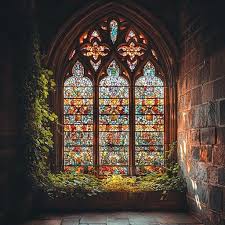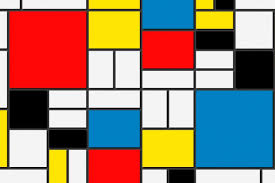


The beauty of watercolor paint is its transparency but many find it a challenge. With time and practice, we can all improve with practice and some simple concepts.
How Watercolor works
In all mediums, to create a piece of art, you build with paint. Unlike oil and acrylic paint, with watercolor you work from light to dark. Many artists preserve the white of the paper to maintain the lightest part of the painting, or you can use masking fluid because it is easy for beginners to loose the whiteness of the paper. Masking fluid is available in different options depending on your needs.

Watercolor paint pigments are combined with gum Arabic. When water is added to the paint the gum Arabic is released and you can create different saturations depending on amount of water added. You can use the paint straight from the tube for the darkest shades. Or for colors such as Chinese white or other lighter colors to add highlights to objects.
How to start
I always like to paint from pictures. I find it easier to create 3 dimensional art from 2 dimensional images. Sometimes I use tracing paper under the printed image and sometimes I don’t. It depends on the image. The use of reference photos are very helpful for many artists and it is common practice and some artists work plain air (working outside) by observation. Most never paint from imagination although you can absolutely can if you want too. When you use a reference picture, it can be rearranged on the canvas to create a better arrangement of subjects. I usually work from black and white images because saturation is more important than the color. Local color can be changed to create a very dramatic piece of art.
We start from the basic lines or outline of the subject. They can be very lightly drawn with a soft pencil or you can use bold black lines of a pen for a different look. I usually use the former when I paint.

Usually, I have a color palette already in mind. I have started using small ceramic palettes to hold certain colors that I have ready to go and I spray them with water to activate them. Or you can drop fresh wet paint onto the palette when you begin.
Layers of paint
As with the other mediums, watercolors are worked in layers. Adding more layers to darken certain areas which includes techniques such as negative painting. The goals is to create drama on the canvas/paper; the greater depth from the high contrast between the light and dark shades creates this drama and 3d feel to your artwork. Usually the darker sections are the shadows and the lighter is the light hitting the subject. Often, it isn’t the color that is the most important, but the saturation of colors on the page.
Techniques
Watercolor painting is all about the fluidity and transparency of the paint on the paper allowing the colors underneath to shine. There are a variety of transparency levels with each paint color Will should be made note of and practiced. Even with practice and intention, the medium is unpredictable and sometimes makes things that are unintended. There is a balance of attempting something intentional and just letting the paint “do its thing” on the paper.

Water color techniques include wet on wet, wet on dry and others that can create texture. Wet on wet is good for blending the colors and creating soft edges. Allowing the paper to dry between layers results in harder edges, more definition between colors. There many ways to create texture on the page as well. Dry brush, using sponges, sticks, plastic wrap, salt on wet paper are just some of the techniques that creates a symphony of textures on your work of art.
When is my painting finished?
Determining a painting’s completion can be elusive. It’s a dance between overworking and underdeveloping. Trusting your intuition, stepping back frequently, and assessing the piece’s emotional resonance can guide you to that satisfying moment of declaration: “It’s done.”
The world of watercolor extends far beyond just the pigments; it’s about the tools and techniques that empower your artistry. We’ve just scratched the surface today. In Part Two, we’ll delve deeper into painting supplies and explore some advanced techniques that can elevate your watercolor creations. Ready your palettes and stay inspired; our artistic journey is only beginning!
I have started to upload videos to YouTube and Rumble. https://youtube.com/@Rachel-art-and-design, rumble: Rkwatercolors. Follow the link below for watercolor supplies to start your own journey into this wonderful art form.


